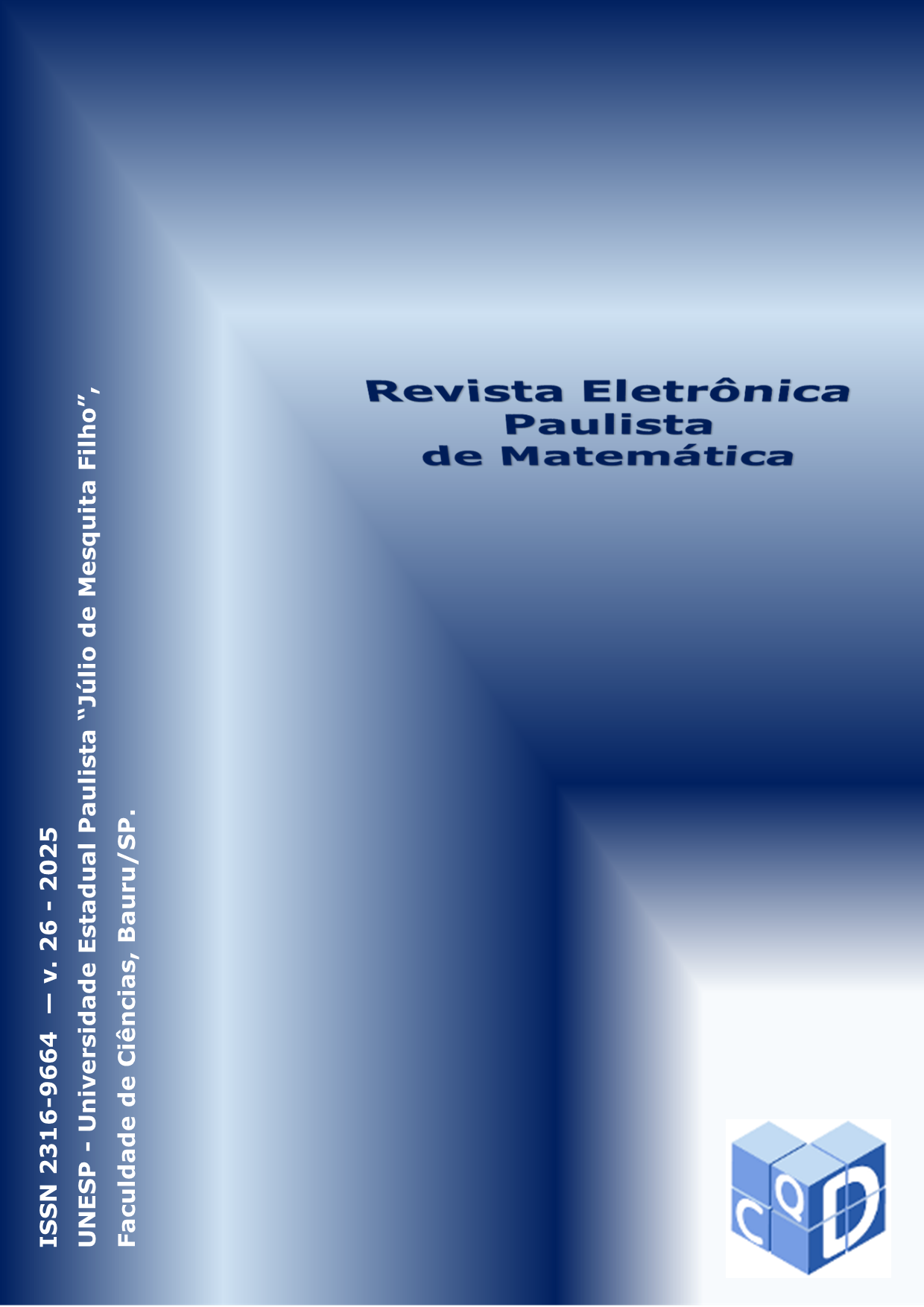Study of Bacterial Growth Population Dynamics in Laboratory Using Interval Differential Equations
DOI:
https://doi.org/10.21167/cqdv26e26003Keywords:
Interval Differential Equations, Malthus Model, Verhulst Model, Escherichia coli, Euler Method, Runge-Kutta MethodAbstract
This work focused on studying the population dynamics of Escherichia coli growth in a laboratory setting using Interval Differential Equations (IDEs). Specifically, the Malthus and Verhulst models were considered to describe population growth dynamics, using parameters collected from laboratory experiments. These parameters, as reported in the article, have an interval-valued characteristic. Supported by analytical and numerical methods—Euler and fourth-order Runge-Kutta, modified for the interval theory context—interval numerical solutions were produced to study these models. The work demonstrated that IDEs, particularly the Verhulst model, faithfully represent biological data due to the intrinsic uncertainties of the system.
Downloads
Published
How to Cite
Issue
Section
License
Copyright (c) 2025 C.Q.D. - Revista Eletrônica Paulista de Matemática

This work is licensed under a Creative Commons Attribution 4.0 International License.


